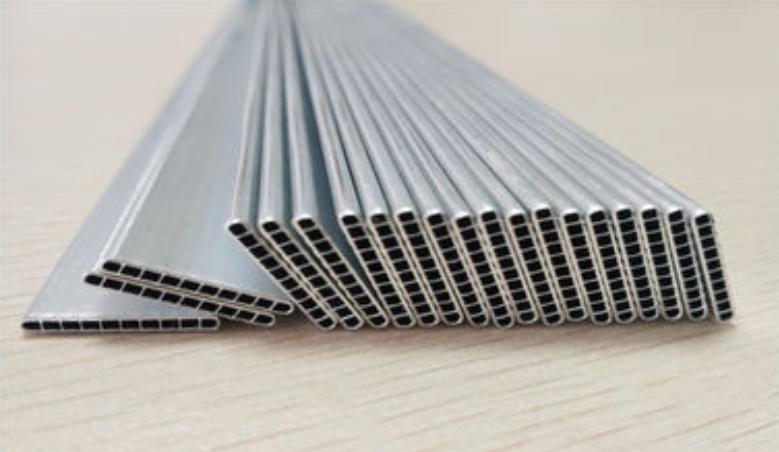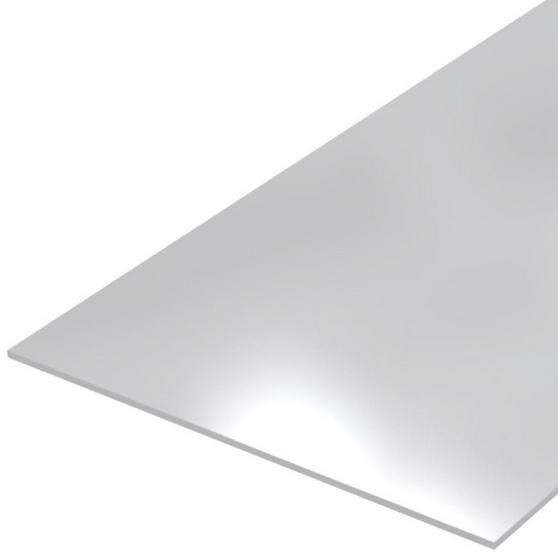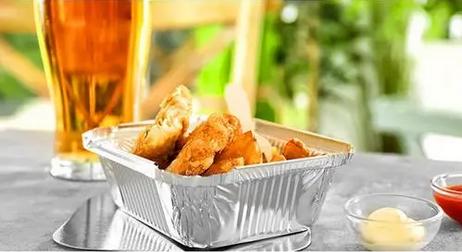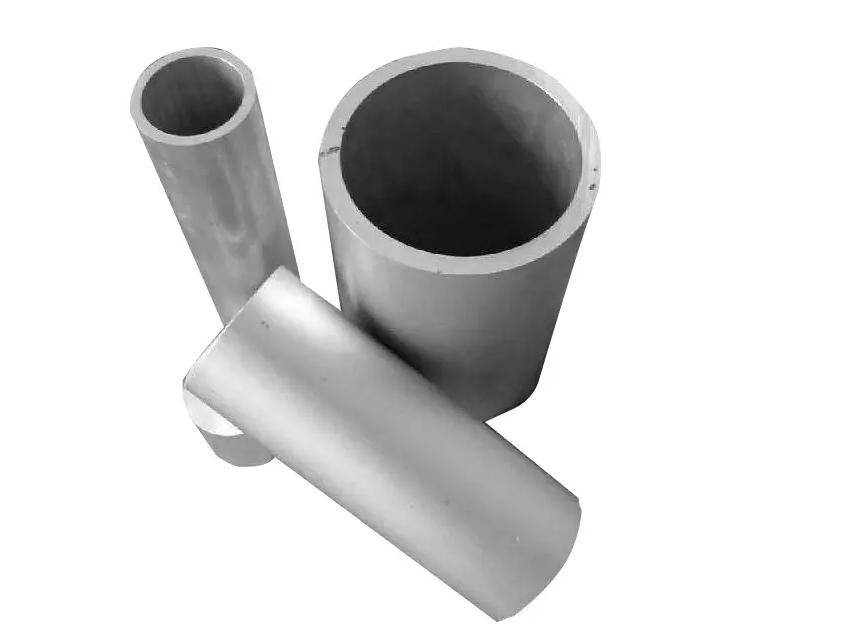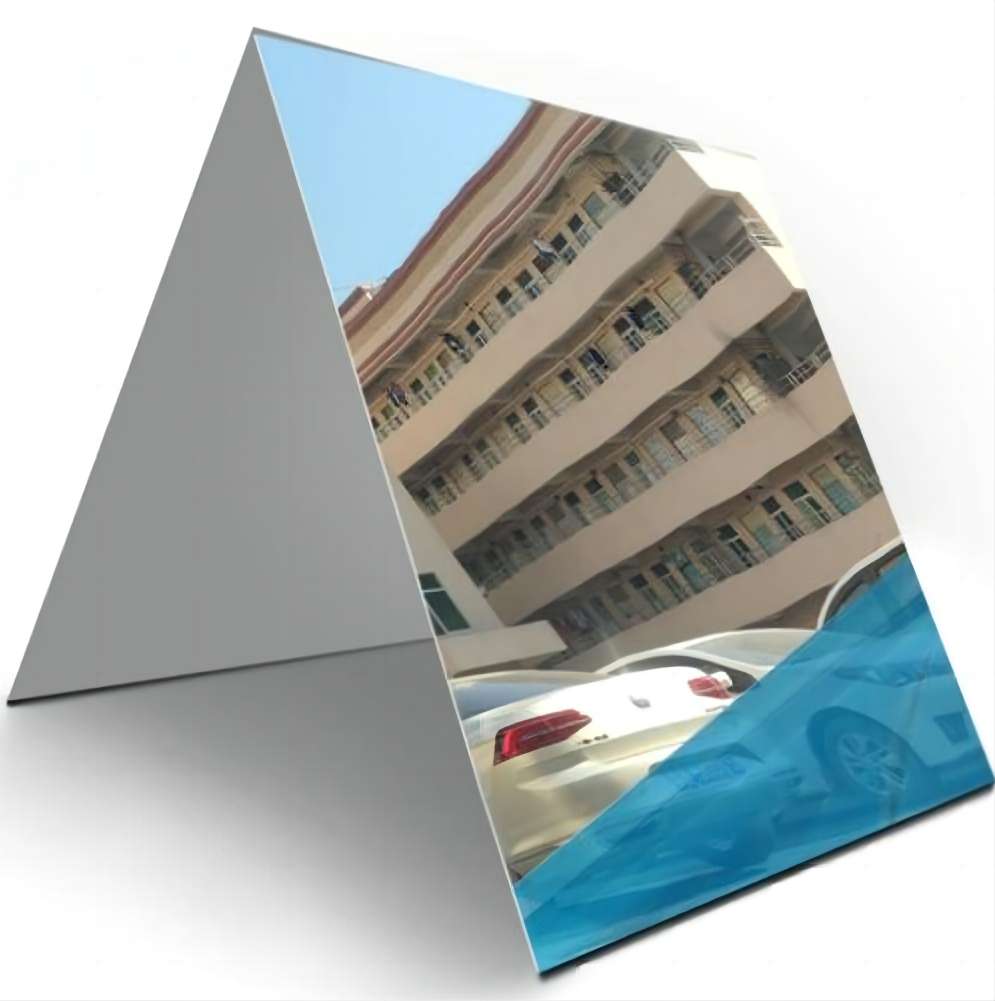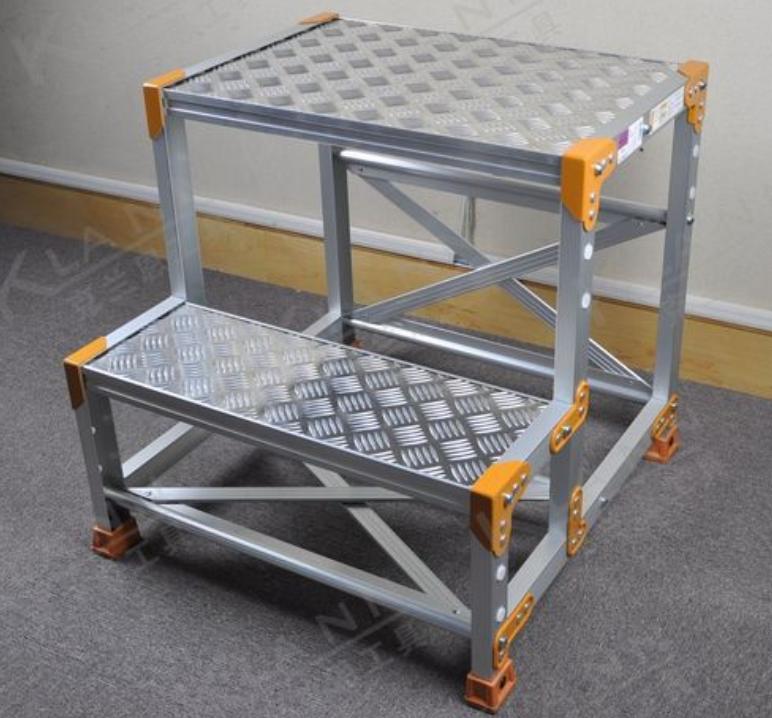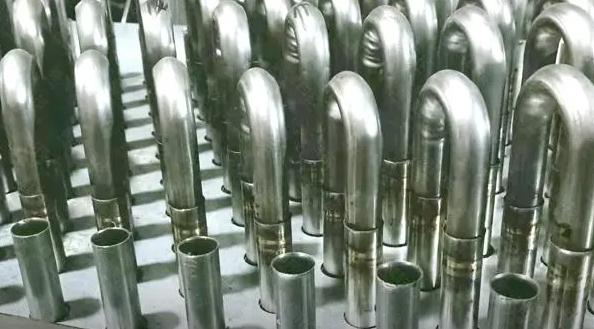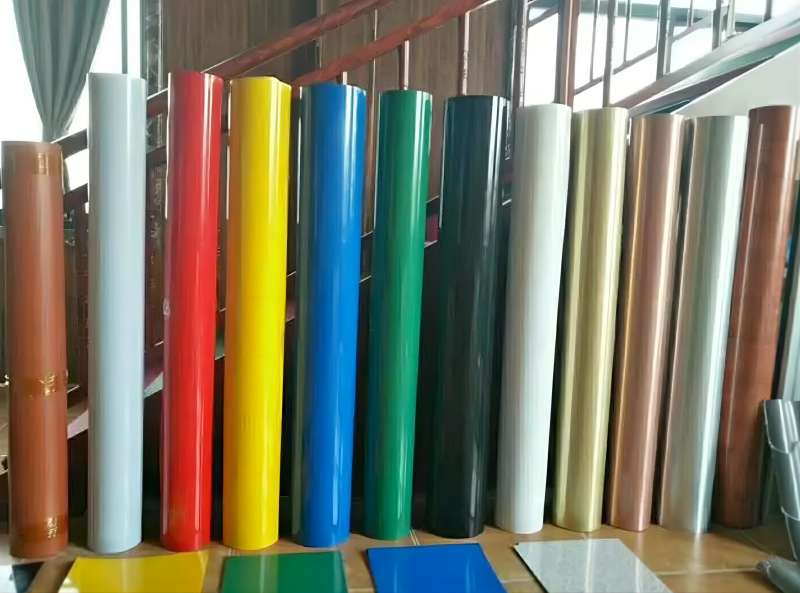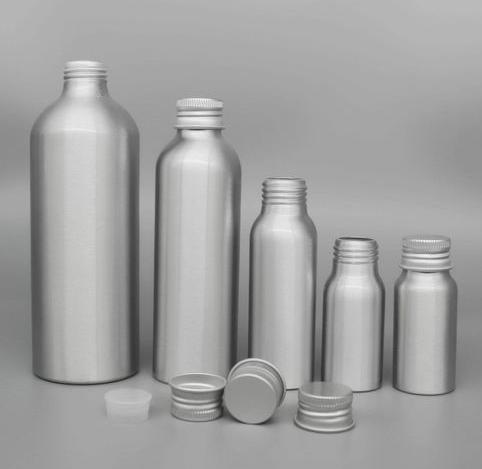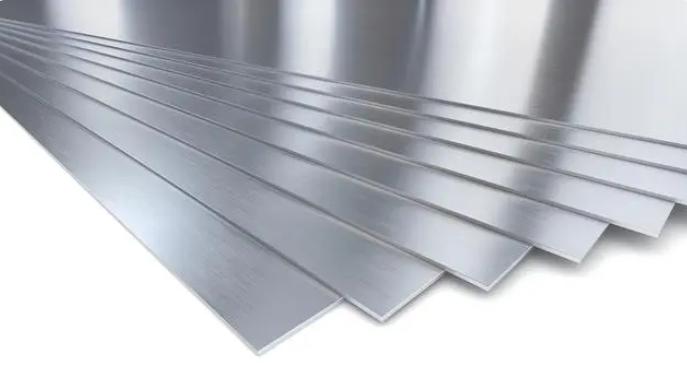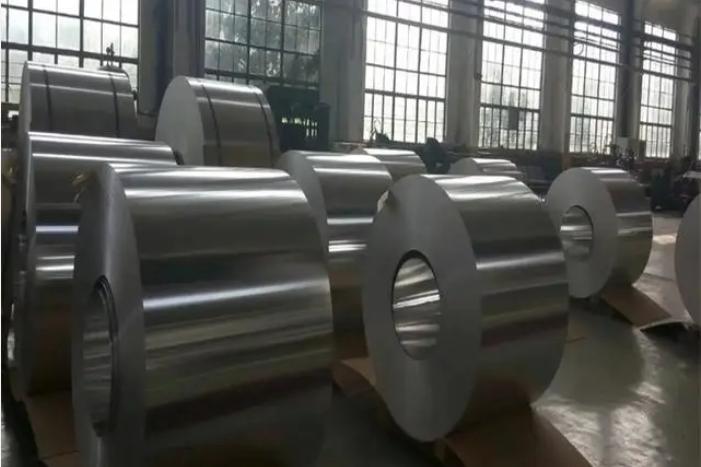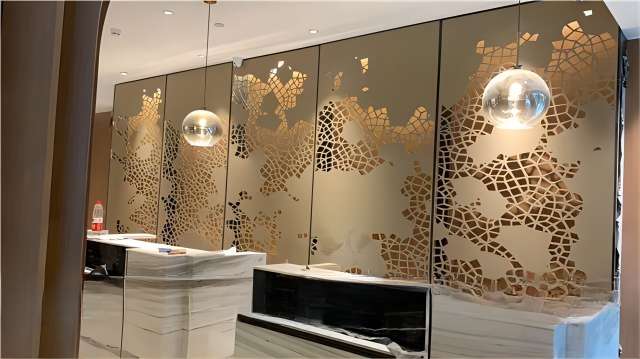Microchannel Aluminum Flat Tube: A Promising New Heat Exchanger Material with Wide Applications
Microchannel aluminum flat tubes, often referred to as parallel flow aluminum flat tubes, represent a breakthrough in heat exchanger technology. These thin-walled, porous, flat-shaped tubes exhibit exceptional thermal conductivity and…
An In-Depth Look at 5052 Aluminum Sheet: Properties and Applications
Aluminum has long been a favorite in various industries due to its lightweight, corrosion-resistant, and malleable nature. Among the many aluminum alloys available, the 5052 aluminum sheet stands out for its…
Can Aluminum Foil Containers Used for Steaming?
Aluminum foil containers have become a ubiquitous presence in our daily lives, particularly in the food service industry. Their versatile properties, such as excellent insulation and airtightness, make them suitable for a…
The Versatile Application of Seamless Aluminum Tubes in the Construction Piping Industry
In the realm of construction piping, one material has risen to prominence for its exceptional qualities: seamless aluminum tubes. These tubes, with their impeccable blend of strength, durability, and corrosion…
What is the Aluminum Mirror Sheet and How to Choose it for Your Needs?
Aluminum mirror sheet is a type of aluminum sheet that has been polished to a highly reflective finish. It is a lightweight, durable, and versatile material that is used in…
Aluminum Checker Plate Applications and Maintenance: A Versatile Solution
Aluminum checker plate, a versatile and durable material, is widely utilized in various industrial, commercial, and decorative applications. With its distinctive raised pattern on one side, this metal sheet offers…
Welded vs. Seamless Aluminum Tubes for Heat Exchangers
Heat exchangers are essential components in a wide range of applications, from air conditioning systems and industrial processes to automotive radiators and HVAC units. The choice of materials and manufacturing…
Aluminum Trim Coil: The Best Material for Your Outdoor Trim
When it comes to choosing outdoor trim, there are many factors to consider, such as durability, weather resistance, and appearance. Aluminum trim coil is a popular choice for outdoor trim because…
The Marvel of Modern Packaging: How Are Aluminum Cans Made?
Aluminum cans are an integral part of our daily lives, commonly used for packaging beverages, from soft drinks to beer and beyond. They are lightweight, easily recyclable, and possess remarkable qualities…
7075 Aluminum Alloy: A Comprehensive Overview
Aluminum alloys have played a pivotal role in modern engineering, offering a combination of lightweight properties and high strength. Among these alloys, 7075 aluminum stands out as a remarkable material due…
Understanding Common Materials for Insulation Aluminum Coils
Insulation aluminum coils are essential components in various industrial and construction applications, where thermal insulation and corrosion resistance are paramount. These versatile materials come in different varieties, but two of the…
Why Aluminum Alloy Plate is Becoming the First Choice for Indoor Decorations?
In the realm of interior design and architectural aesthetics, aluminum alloy plates have emerged as a frontrunner, captivating designers, architects, and homeowners alike. This versatile material offers a myriad of advantages…

